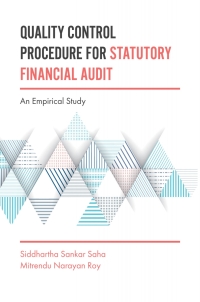Mallette Manufacturing, Inc. produces washing machines, dryers, and dishwashers. Because of increasing competition, Mallette is considering investing in an automated manufacturing system. Since competition is most keen for dishwashers, the production process for this line has been selected for initial evaluation. The automated system for the dishwasher line would replace an existing system {purchased one year ago for $5 million]. although the existing system will be fully depreciated in nine years, it is expected to last another ten years. The automated system would also have a useful life of ten years. The existing system is capable of producing l dishwashers per year. Sales and production data using the existing system are provided by the Accounting Department: Sales per year {units} memo Selling price $311] lICosts per unit: Direct materials St] Direct labor 9t] Variable overhead 21\".] Direct xed overbead'" 4t] "' All cash expenses with the exception of depreciation, which is $6 per unit. The existing equipment is being depreciated using the straight-line method with no salvage value considered. The automated system will cost $34 million to purchase, plus an estimated $20 million in software and implementation. If the automated equipment is purchased, the old equipment can be sold for $3 million. The automated system will require fewer parts for production and will produce with less waste. Because of this, the direct materials cost per unit wl be reduced by 25 percent. Automation will also require fewer support activities, and, as a consequence, variable overhead will be reduced by $4 per unit. Direct labor is reduced by El] percent. Other irgt'ormtt'on: I if Mallette keeps the old system, sales will drop by Emt] units to 30,011] units per year. If the new system is purchased, sales will remain at ltltl units per year. I the automated equipment could be sold for $4 million at the end of ten years. The software and implementation will have zero salvage value at any time after the implementation I the equipment of the old system would have no salvage value at the end of ten years. I the tirm's cost of capital is 112 percent. I thetaxrate isd-tlperoent. I the CCA rate for the new system is currently 3.5%. It will drop to 30% in the second year and then to 25% in years 3 and onwards. the complete software and implementation costs are depreciated for tax purposes over 5 years on the straight-line basis. Assume that the half-rate rule does not apply. the automated system will require an initial increase in working capital of $5,000,000 followed by another increase of $2,000,000 at the end of year 5. the automated system cost of $54,000,000 will be depreciated on a straight line basis over 10 years total direct fixed costs for the automated system will be $6,000,000 per year








